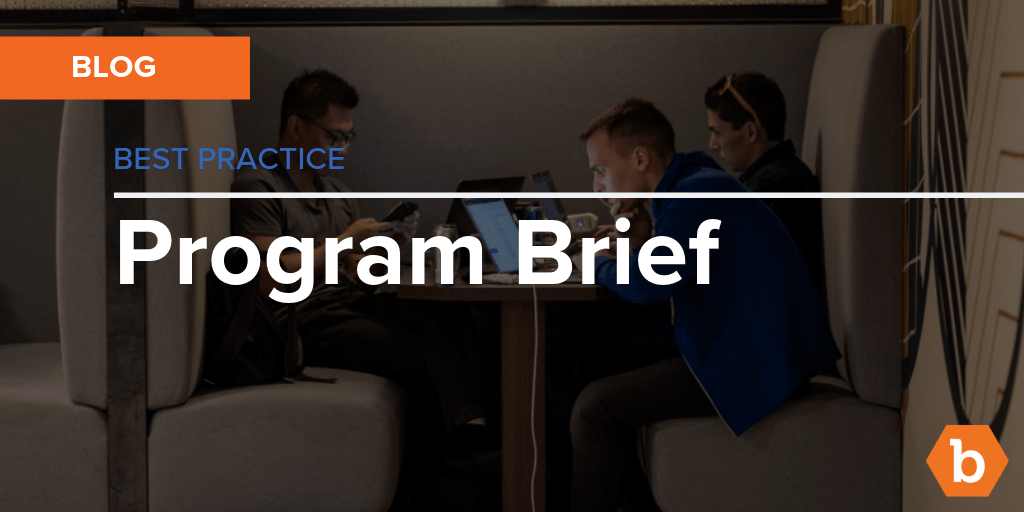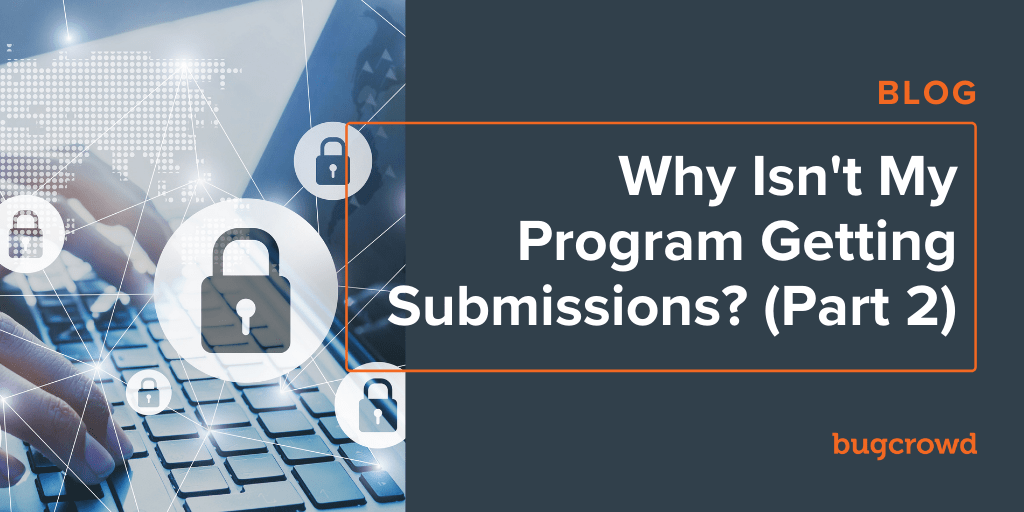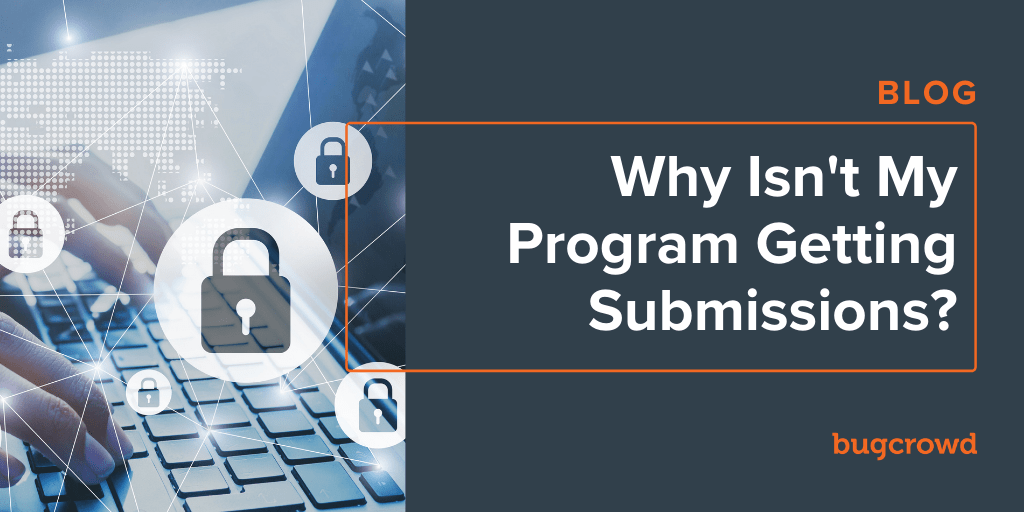
Collaboration, respect, and trust: it’s what makes the crowdsourced security world go round
By Grant McCracken, April 27, 2022

2020 Vision: Cybersecurity Predictions for the Year and Beyond
By Grant McCracken, December 10, 2019

The Do’s and Don’ts of Writing Your Program Brief
By Grant McCracken, May 15, 2019
Subscribe for updates
Get Started with Bugcrowd
Hackers aren’t waiting, so why should you? See how Bugcrowd can quickly improve your security posture.






